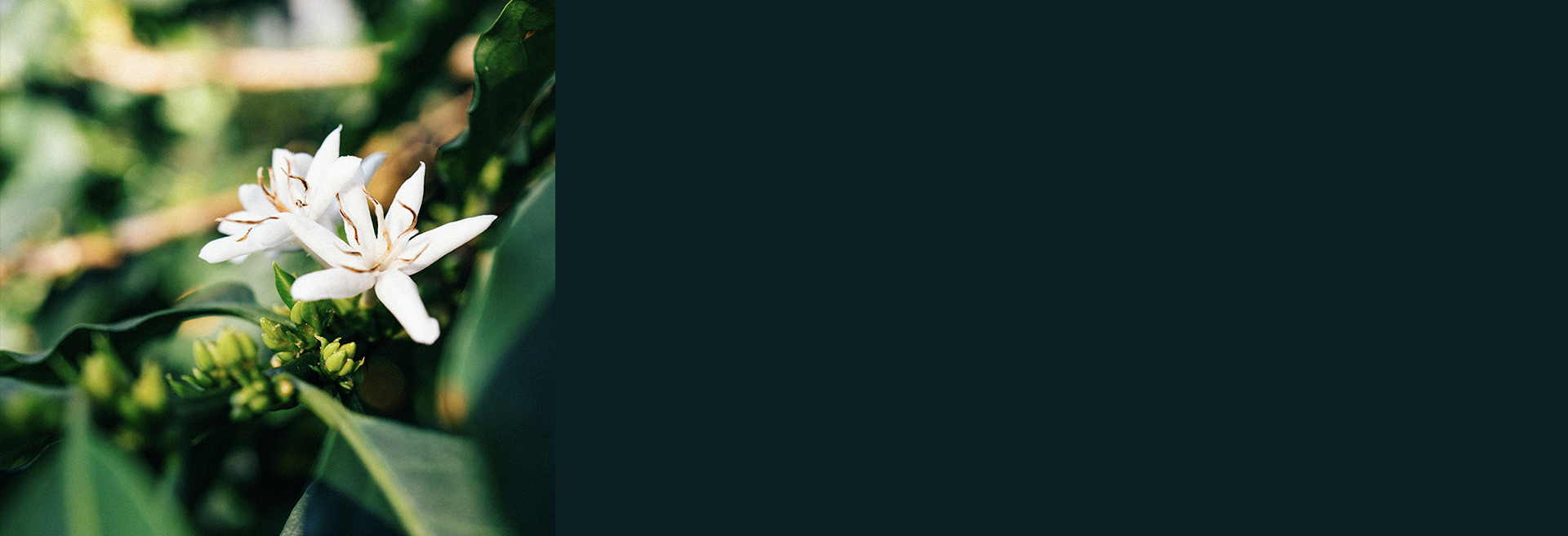Winter break · Next roast Jan. 7
Costa Rica
La Candelilla Geisha - Costa Rica
250g
Cup Notes
Jasmine / Lime / Tangerine / Vanilla / Nougat suggested for espresso and filter
Competition Series
QUALITY SCORE: 91.50
when we roast
We freshly roast to order all coffees on Monday, Wednesday and Friday (excluding national holidays), and ship the same day! Cut-off time is 11:59pm (UTC+1) of the day before the roast day. *We only ship whole beans*
Details
- Producer
- Sanchez family
- Country
- Costa Rica
- Terroir
- Tarrazu
- Altitude
- 1750 mt
- Process
- Classic Washed - Raised Beds
- Picked in
- February 2017
- Arrived in
- August 2017
- Shipped in
- Box + Vacuum pack
- Roast profile by
- Rubens Gardelli
THE STORY BEHIND
La Candelilla is a pioneer when it comes to micromills: It was one of the first micromills established in the year 2000, and has been selling specialty coffee since then. The Geisha has been bought by Starbucks and featured in their Black Apron program in the past.
The Sanchez family have been working this land for five generations. Until 2000 nine brothers and sisters and their families separately managed their separately. After years of planning the families pooled their resources and build the La Candelilla Estate & Micro Mill. It was the first of it’s kind in Costa Rica and set the stage for many small producers to follow suit. The micro mill explosion has a lot to do with the sophistication of the processing in Costa Rica. With so many producers experimenting and taking control of their coffee the knowledge has exploded.
The estate now produces of 1000 bags of coffee a year and is highly regarded as one of the best coffee producers in the country. They have been forward thinking with their approach to processing and varietal planting and now produce multiple lots of Geisha every year. The family is one of the few producers in Costa Rica still using traditional fermentation but they have built a vast lagoon system that uses native plants to purify the water before it is returned to the river from which it came.
Didier, the owner of Finca Palmilera, won second place in the 2013 Cup of Excellence with his Geisha, which was a favorite of ours in the competition.
THE VARIETY
Rare, exclusive and fetching a heavy price tag, Gesha is often associated with coffees from Panama when in fact cultivation of the Gesha varietal only began there in the 1960s. Gesha is an original variety of coffee that was discovered in the 1930s in the mountains around the Southwestern town of Gesha, Ethiopia. Gesha trees grow tall and can be distinguished by their beautiful and elongated leaves. The quality of this coffee can be drastically improved when grown at extremely high elevation.
The Geisha revolution set off a intense search for Geisha among coffee buyers and a primal pilgrimage to Ethiopia to find the source of that flavor.
Its name reflects the place and year it was collected by scientists who fanned out on a research expedition in Ethiopia to catalogue its coffee varieties.
THE FERMENTATION PROCESS
Washed coffees focus solely on the bean. They let you taste you what’s on the inside, not the outside. Washed coffees depend almost 100% on the bean having absorbed enough natural sugars and nutrients during its growing cycle. This means the varietal, soil, weather, ripeness, fermentation, washing, and drying are absolutely key.
Washed coffees reflect both the science of growing the perfect coffee bean and the fact that farmers are an integral part of crafting the taste of a coffee bean. When looking at washed coffees, it becomes apparent that the country of origin and environmental conditions play a vital role in adding to the flavour.
During wet processing, the pulp (i.e.the exocarp and a part of the mesocarp) is removed mechanically. The remaining mesocarp, called mucilage, sticks to the parchment and is also removed before drying. During this process, the sugars present in the mucilage are removed through natural fermentation or mechanical scrubbing. Mucilage is insoluble in water and clings to parchment too strongly to be removed by simple washing. Mucilage can be removed by fermentation followed by washing or by strong friction in machines called mucilage removers. Fermentation can be done by stacking the coffee outside or placing them under water and allowing nature to take its course. After the sugars are removed, the beans then can be taken through a secondary washing to remove any additional debris, or taken immediately to the beds for drying.



